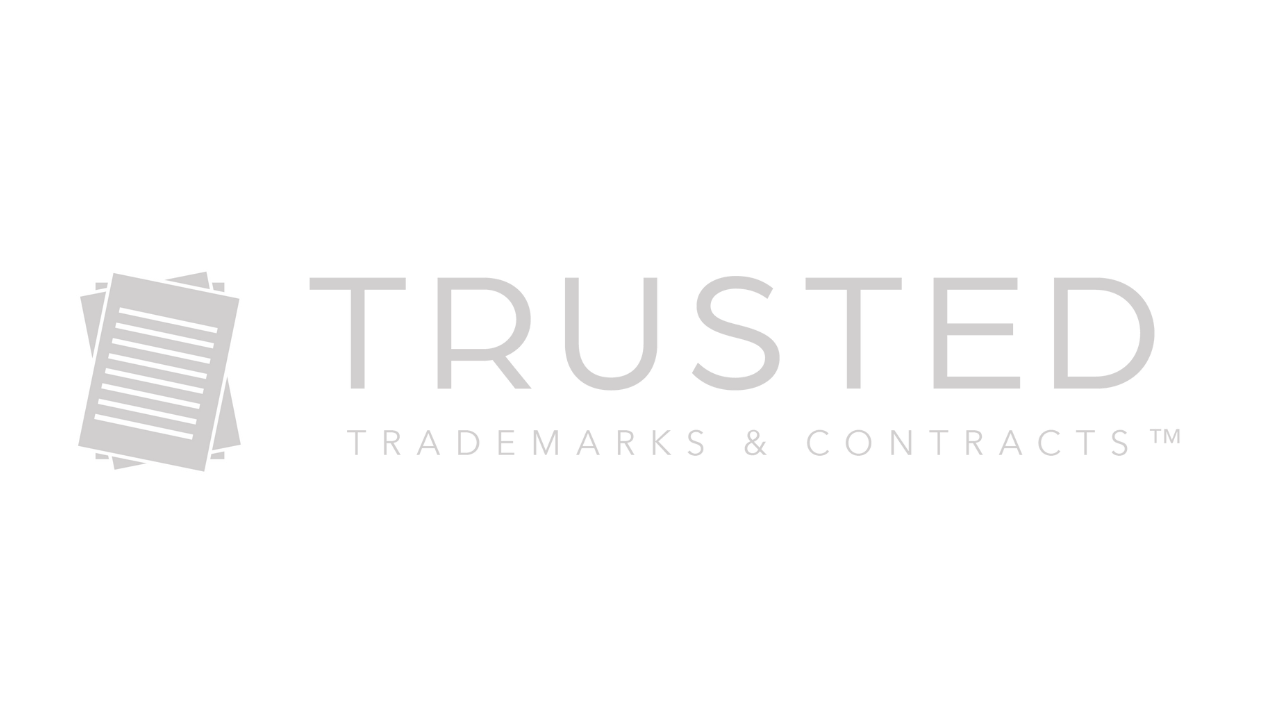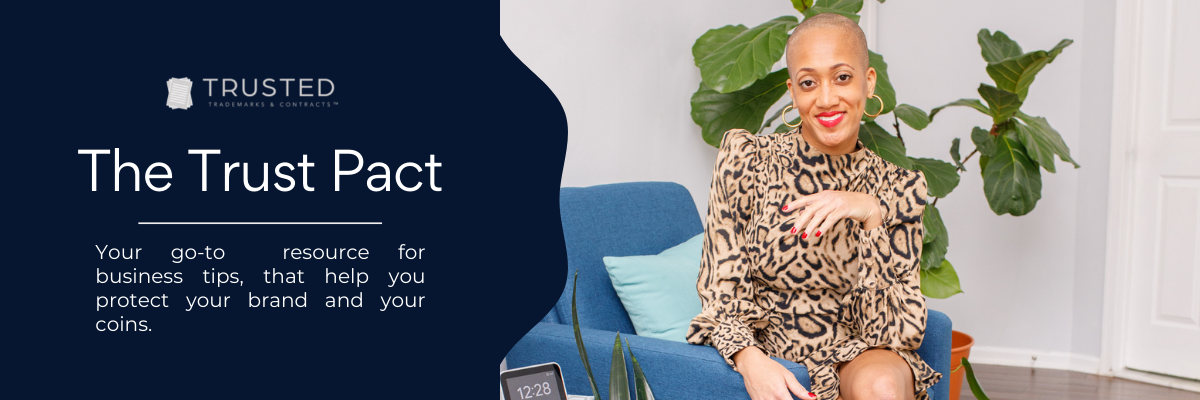9 WAYS TO AVOID CHARGEBACKS
(and keep your coins)
What is a chargeback?
A chargeback occurs when a customer seeks to get their money back by going directly to the financial institution that issued their credit or debit card rather than seeking a refund from the business where the purchase was made. It’s called a “chargeback” because the previous charge is then reversed.
Chargebacks exist for good reason. They’re intended to protect credit card users from fraud. Chargebacks give customers a quick, easy process for disputing questionable charges. Once a chargeback occurs, there’s a process for appeal. Your business will have to prove you provided the product or service in question. This can take months to resolve.
In fact, the process of appealing a chargeback can cost more than the original product or service was even worth. In addition to the lost profit, many credit disputes can also damage your business reputation. Your chargeback rate is a key metric financial services companies monitor. It plays a significant role in the decision to lend funds or handle payment processing.
Your chargeback rate is a measure of the percentage of your total transactions that have triggered a chargeback. The standard threshold of acceptability is 1%. If your chargeback rate is higher than 1%, your financial service providers might terminate your account. That would force you to open new accounts which would then be more difficult given the damage to your reputation.
On the bright side, there are precautions you can take to reduce this legal risk, make chargebacks less likely, and keep more money in your pockets!
Provide an email address and phone number with your contact information.
If customers can reach out to you directly, they’ll be more likely to do that before filing a dispute.
Include detailed product descriptions on your website.
The goal is to make sure products are represented clearly and accurately.
Avoid keying in credit card numbers whenever possible.
Transactions that are swiped or make use of EMV chips are much more difficult to dispute. Plus, your processing rates will typically be lower for these more secure payment methods.
Always get a customer signature for card-present transactions.
A signature is just one more way for you to show the charge was legit and intentional.
Use address verification services (“AVS”) like zip code and CVV codes for card-not-present transactions.
In addition to creating super-secure transactions, these additional bits of information make your charges that much more authentic.
Make sure your merchant account has an accurate payment descriptor.
Be sure it includes your business name and phone number, for example. Customers should recognize your business name on their credit card bill.
If you want custom advice on how to set up your merchant account to reduce chargeback risk, talk to your payment processor. Your payment processor should be able to enhance your payment security in ways that fit your business like a glove. Not only that, but they should be able to help with other processing features that can make your day-to-day transactions easier to manage.
If you’re still getting paid for your business using the social apps like CashApp and Venmo, it may be time to upgrade!
Use shipping insurance or shipping confirmation to help you track the receipt of physical products.
That way you can prove shipped goods were delivered.
Mystery shop your own website to see first-hand how transactions appear on a credit card statement.
Make sure it’s easy for customers to recognize your business and contact you with questions.
Use clearly defined terms and conditions
Terms and conditions create a contract between you and your audience. They explain what you offer and tell your audience exactly what to expect. Your terms and conditions will explain price, product delivery, payment, and your refund policy. Well written terms and conditions will also limit your liability and protect your intellectual property.
Your terms and conditions will list your business name, so customers understand that they are purchasing from you. I like to see customers agree to the Terms and Conditions at some point in the checkout process. Like, “check this box if you agree to our Terms and Conditions,” and have the document linked for review. This extra step ensures that our customer had every opportunity to understand the purchase they were making, and we, as the businesses, shouldn’t lose money because folx CHOSE not to read.
If you are unsure whether your current Terms and Conditions are providing the coverage you need, or if you don’t even understand what’s there on your own, it’s time for a new template. I’ve got you covered! All of my contract templates are written in plain language, without a bunch of unnecessary legal jargon. I wrote them that way so that you AND your customers know exactly what you’re getting into. Remember, our whole goal with contracts is to ensure that everyone involved understands their own rights and obligations of this business relationship.
Remember, The information provided through the Trust Pact and social media are for informational purposes only. Nothing here should be taken as legal advice. Reading and/or engaging with this post does not create an attorney-client relationship. Do NOT comment or send me specific details about your legal situation via social media because I can’t guarantee confidentiality over those platforms.


